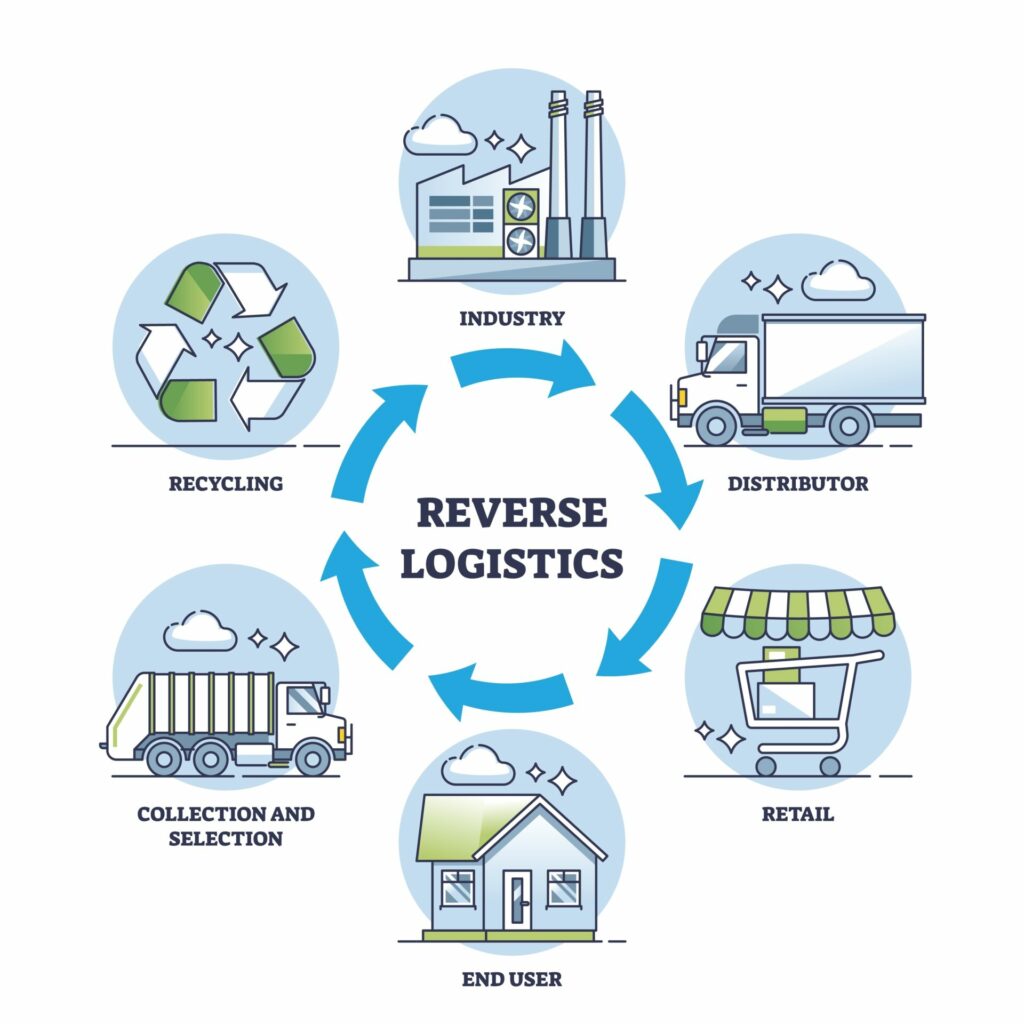Sometimes, there can be too much of a good thing. Your inventory levels are no exception.
There’s a variety of reasons why merchants may find themselves with more stock than they anticipated:
- Your demand forecasting may be out of whack.
- You’re left with seasonal inventory after the holidays.
- You’re using a conservative inventory management strategy.
- You’re cannibalizing sales by offering several, similar products.
When this happens, it’s easy to start thinking about the worst-case scenario i.e. being saddled with excess inventory that you’re unable to sell. But contrary to what many might think, excess inventory and dead stock are NOT the same thing.
This is where you may be asking: Isn’t all surplus stock bad for business?
Our answer: It depends on what you do with it.
This is why it’s important for merchants to understand how excess inventory differs from dead stock – and what you can do to make sure that the former doesn’t become the latter.
om dead stock – and what you can do to make sure that the former doesn’t become the latter.
Excess inventory vs. dead stock: What’s the difference?
Confusion comes from the fact that a lot of logistics providers use the terms ‘excess inventory’ and ‘dead stock’ interchangeably. The simplest way to differentiate them is this: Excess inventory can become dead stock, but dead stock can’t become excess inventory.
Confused? Let’s drill into this in some more depth.
Excess inventory is when the amount of inventory a retailer is holding of a certain product is higher than consumer demand for that product. When this happens, inventory becomes sluggish and starts piling up in stores and warehouses.
In the eyes of consumers, seeing a large amount of one product can be off-putting because gives the message that there’s a reason for its lack of popularity. This can quickly turn into a self-perpetuating cycle unless brands take action to make this inventory more appealing.
In contrast, dead stock is what happens when retailers DON’T take action in response to excess inventory. When an item reaches the end of its product lifecycle – the period where it’s relevant to consumer’s needs – retailers’ ability to sell it becomes extremely limited. This results in dead stock taking up valuable storage space as new inventory is coming in, which may force retailers to pay for additional warehousing to house items they’re unlikely to sell.
In short, dead stock is costly to your business on multiple fronts. In addition to higher storage and 3PL costs, there’s the opportunity cost of having so much capital tied up in your inventory. Instead of being able to invest in more successful products or growth opportunities, you’ve stuck with having to babysit stock which has little value.
So, how do you stop dead stock from taking root in your business? By taking proactive steps to prevent it from happening – starting from the moment excess inventory starts piling up.
How to tackle the problem of excess inventory
To get a handle on excess inventory, retailers first need to shift their mindset. Rather than viewing surplus stock as a liability, try viewing it as an opportunity to boost sales, spread brand awareness, and increase customer satisfaction.
Don’t believe us? Here are three ways you can effectively manage excess inventory:
Hosting an end-of-season sale
As consumers, we all love the idea of getting a bargain. Hosting a sale to offload end-of-season inventory may seem like an old-fashioned tactic, but slapping excess inventory with a discount works wonders to increase consumer interest. This works even better when a sale is only available for a limited time, as this increases buyer urgency and FOMO (Fear of Missing Out).
However, it’s important to consider that getting into a habit of discounting stock towards the end of the product cycle could influence consumer behavior. If customers think an item is about to go on sale, they’re likely to hold off buying it full-price in the hope they can get it cheaper. Longer-term, this can result in excess inventory becoming a bigger problem for your business.
Product bundling
Instead of leaving excess inventory as standalone offerings, consider combining them with a better-selling product in the same category is a great way to enhance a product’s appeal. But to product bundle effectively, make sure that you do the following:
- Choose products that complement each other
- Offer the bundle at an attractive discount compared to buying the products separately
- Assign the product a unique SKU to prevent duplication issues
Turn excess stock as promotional items
An alternative solution to traditional selling is to re-classify excess inventory for promotional use rather than SKUs. This opens them up for use in social media giveaways, influencer marketing, freebies in customer orders, and more. This helps to enhance your perception of value because customers feel like they’re getting more in return for supporting your brand.
And there we have it. The faster you can identify excess inventory, the faster you can take action to prevent it from becoming dead stock. By leveraging the sales and marketing opportunities that come with having excess inventory, you can remove the risk of dead stock – and improve your bottom line at the same time.




